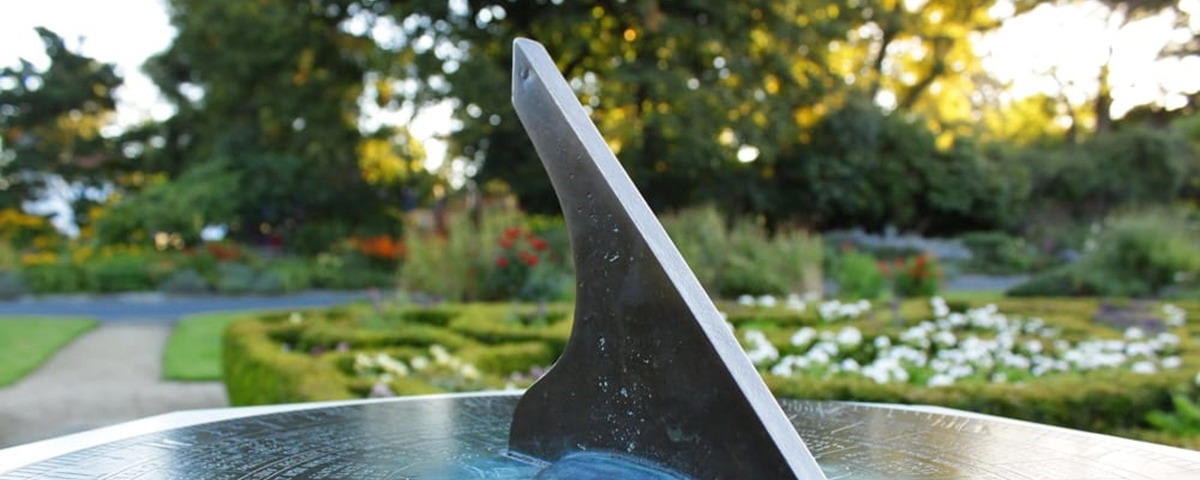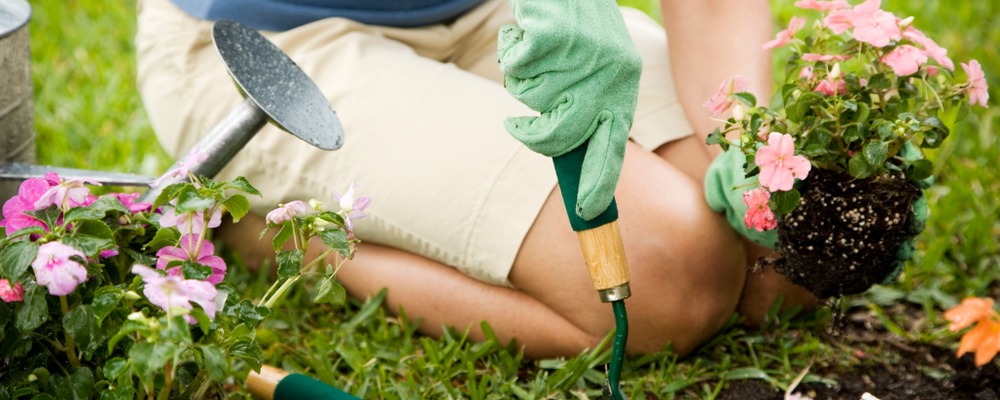
New-build gardens are a blank canvas, ready for you to make your own. From planting and potting, to decking and more – read our guide about looking after your new garden.
Key Takeaways
Decide what you want from your garden
Do you need a patio area where you can enjoy BBQs and entertain guests? Or will you need a safe place for children to play?Make a plan before you start and write down all of your requirements in order. This will help you to decide on the layout of your garden, which plants to choose, and necessities such as fencing and seating.
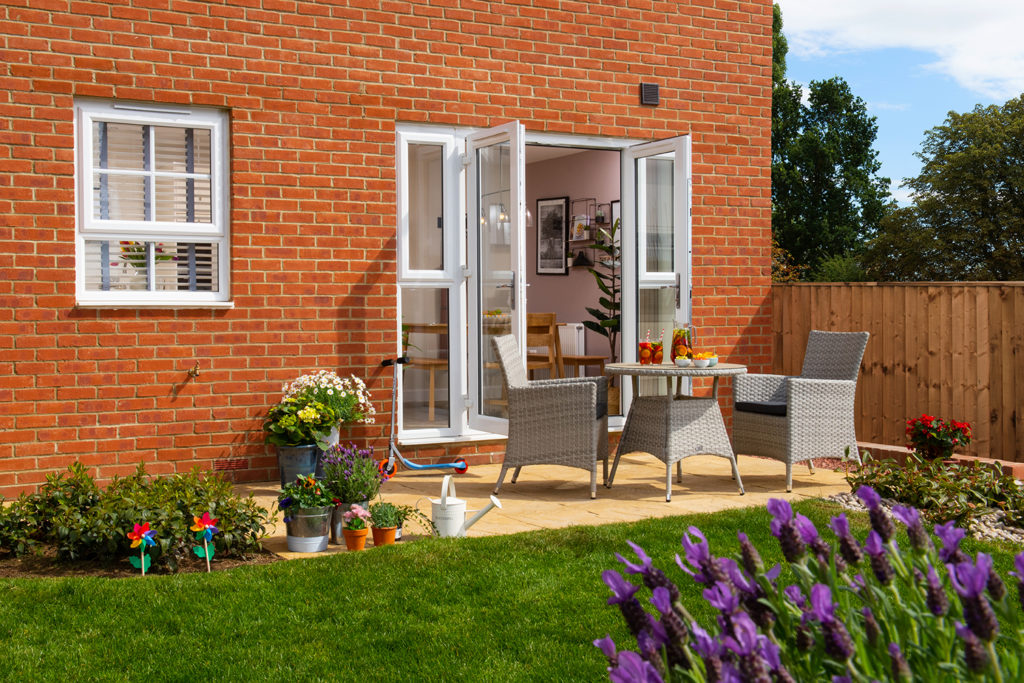
Inspect your garden
Before you choose your plants and flowers, find out what type of soil you have. Is it mainly sand, silt or clay? The ideal soil type is loamy, which is roughly 20% clay, 40% sand and 40% silt. Your soil type will determine which types of plants will thrive in your garden and how you need to look after it. Gardeners World has a great guide on the type of plants suitable for each soil type, which you can read here.
Seek inspiration
Gardening magazines are a great source of inspiration for decor, colour schemes and plants. You can also search online, watch gardening programmes or visit garden centres for ideas.
When it comes to your lawn, rather than having it rectangular, why not shape it into an oval or circle instead. Consider a water feature to add sound and movement to your garden. Alternatively, you could choose a sculpture to be your garden’s focal point.
If your garden is small, different levels can make your garden seem more spacious. Modern decking, cobbles, or traditional paving are things to consider too as this will have a big impact in your garden’s overall look.
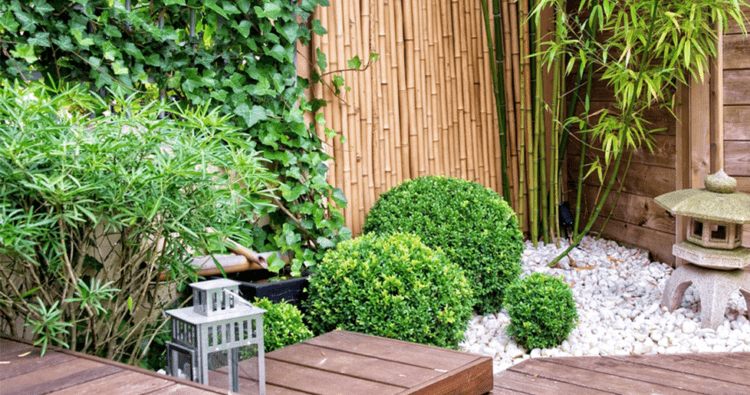
Consider your shed, benches and fences
When it comes to adding colour, you shouldn’t just focus on plants. Painting the walls or wooden items in your garden can change the look and feel dramatically. White walls will give your space a Mediterranean vibe, whereas bare wood is more traditional.
A brightly coloured shed could transform a dark corner of your garden. For a traditional beach hut look, choose bright blues, greens or yellows, with white accents.
Think about how much time you have
If you are busy with work or social commitments, you will need a time-friendly garden. Weeding can take hours, so instead place stone chippings or bark in your flower beds for a simple way of preventing weeds from taking root. Choose low maintenance plants such as shrubs and perennials, rather than tricky-to-grow flowers such as lilies, wisteria or roses. If you won’t have time to mow the lawn, you could choose to lay AstroTurf, or opt for paving or gravel.
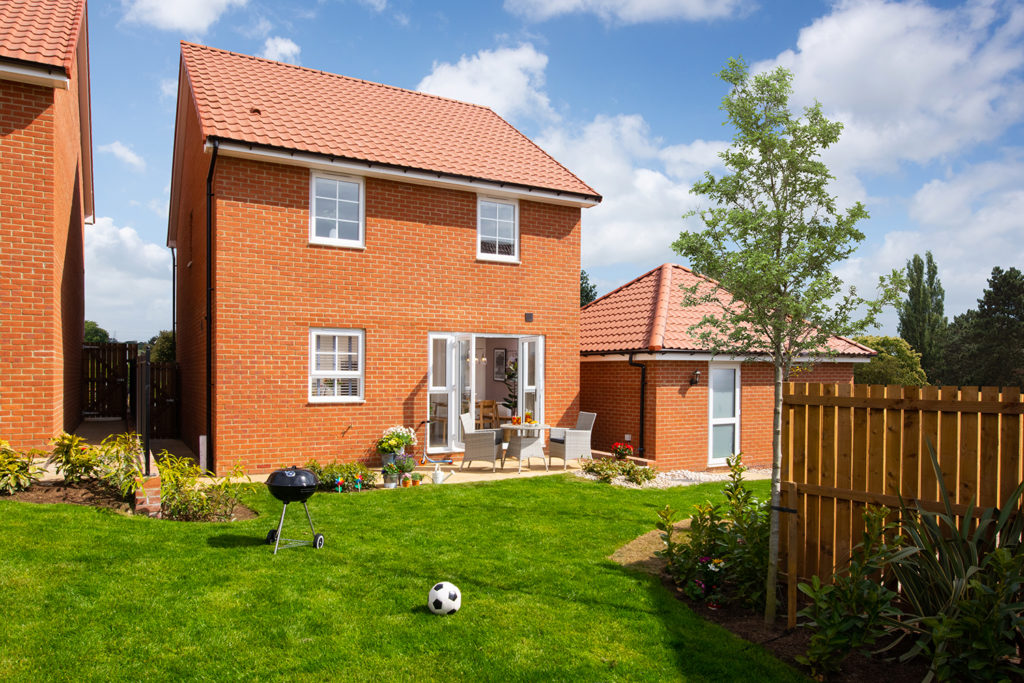
Put together a plan
Rank the garden jobs that need doing in priority order and give a realistic timescale of when you can complete each task. If you’re going to be employing a paving or landscaping specialist, it makes sense to bring them onboard early. Plants need to be planted in the right place – some need shade whilst others need sun – so do your research before you get out your trowel. Hedges and trees need to be the right varieties for your garden’s size, or they could quickly grow to overpower your garden.
Create a wildlife-friendly garden
There are a number of ways to create a healthy ecosystem and encourage wildlife into your garden. Make small holes at the bottom of fence panels to create ‘hedgehog highways’ between gardens. Collect rainwater through water butts and use it to fill a small pond for frogs and other wildlife.
You could also grow your own fruit. Apple trees grow well almost anywhere. Not only will you be able to eat the fruit they produce, the flowers will attract insects and bees which will help your garden to become a flourishing natural community. To encourage pollination, plant bee-friendly flowers such as lavender, honeysuckle and foxgloves.
Since 2014 Barratt Homes have been working with the RSPB to encourage homeowners to give nature a home in their gardens. Not only are wildlife friendly gardens a place for you to enjoy, they promote a healthy environment for years to come.
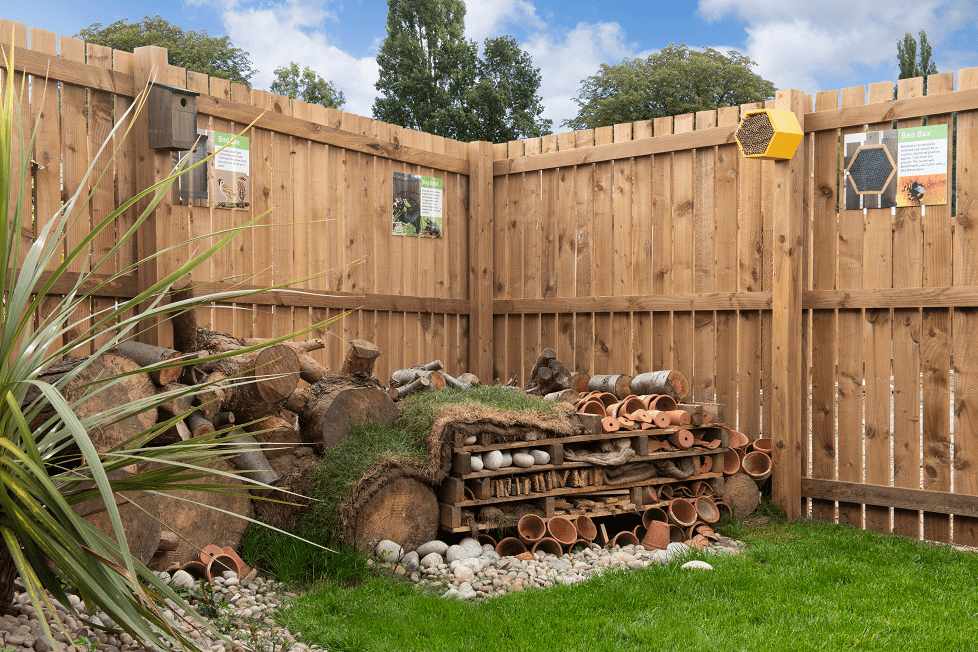
If you're interested in buying a new build home to make your own, then click here to discover a development near you.
